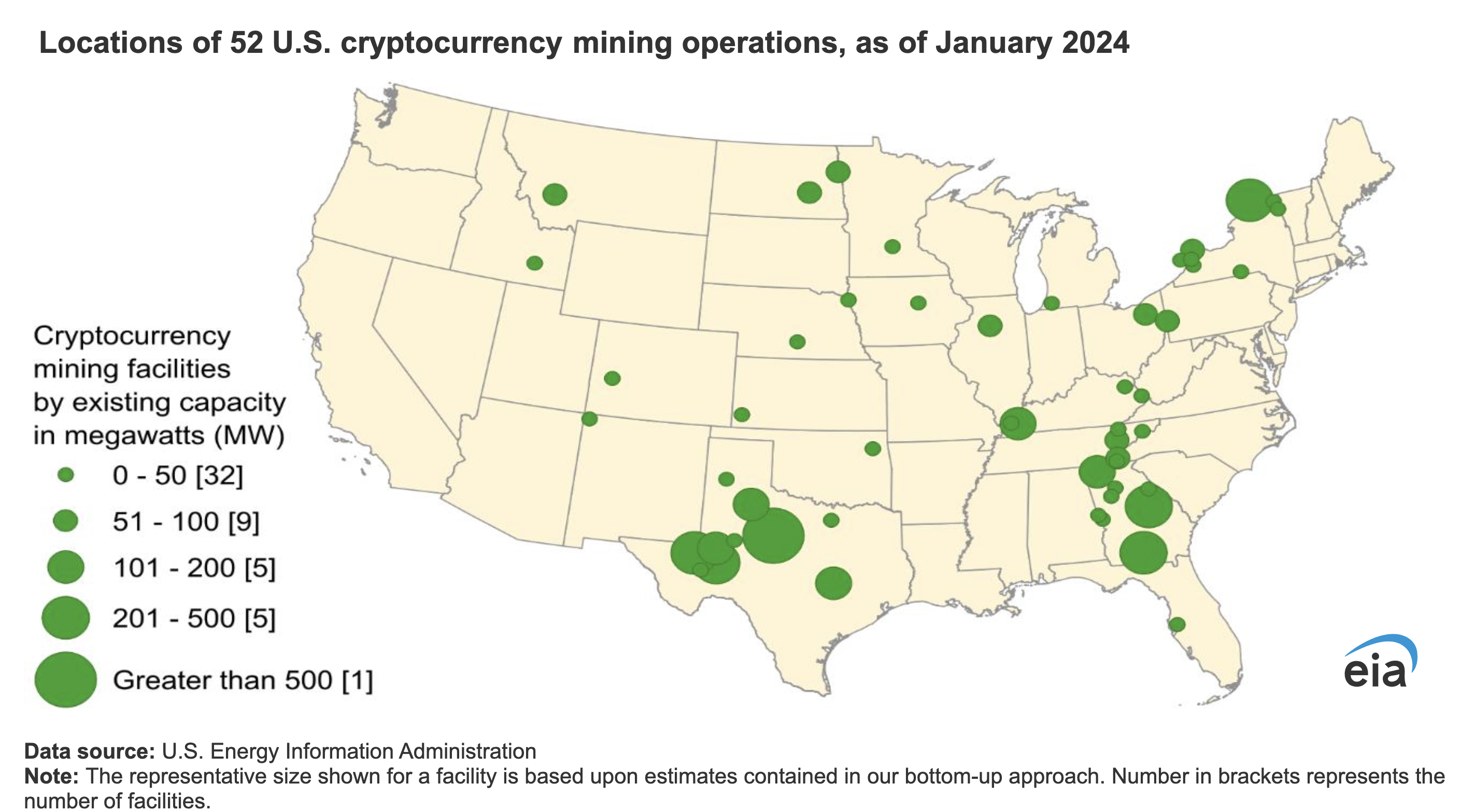Sign up for daily news updates from CleanTechnica on email. Or follow us on Google News!
Power plants catch a lot of grief over global warming emissions, but cement-making is another culprit desperately in need of a green makeover before the planet cooks to a crisp. Well, here comes one. In a sustainability twofer, scientists have figured out how to process captured carbon dioxide and water into green hydrogen and carbon nanofibers, which can be used as an additive for cement and other long-lived carbon-sequestering products.
Carbon Capture Needs to Clean Up Its Act
Carbon capture means different things to different people. To fossil energy stakeholders, for example, capturing excess carbon from the air offers an opportunity to dig up more oil, gas, and coal from underthe ground, while claiming to neutralize the greenhouse gas emissions that result. In addition to those offset opportunities, captured carbon is also commonly injected into wilting oilfields as an oil recovery booster.
Putting that aside for now, carbon capture also takes different forms. In Direct Air Capture, carbon is sucked out of ambient air. Alternatively, carbon-capturing equipment can be attached to individual power plants and other industrial systems.
Either way, the captured carbon has to go somewhere once it’s captured, and that typically involves pipelines and underground sequestration facilities.
The idea of piping captured carbon to underground storage sites didn’t gain much traction here in the US after 2015, when the plug was pulled on the decade-long, billion-dollar FutureGen project, first announced in 2003 as a showcase for “clean coal” technology.
Another capture-and-sequestration try was launched at the San Juan coal power plant in New Mexico in 2019, only to flop in 2022.
In an interesting twist, 30 biofuel facilities across five Midwest states have been hoping for a carbon sequestration site in North Dakota to store their greenhouse gas emissions. Hopes were dashed last fall when the pipeline developer faced opposition from, well, everyone.
Carbon Capture And Recycling
Hope springs eternal, though. Work is currently under way on a gigantic Direct Air Capture and underground sequestration project in Texas under the umbrella of Occidental Petroleum, so we’ll see how that goes.
In the meantime, the idea of putting captured carbon to use — other than to extract more oil — has gained traction. The fast-growing electrofuels industry, for example, is banking on captured carbon and green hydrogen to produce transportation fuels without using virgin petroleum. Other firms, such as the microbe-driven startup LanzaTech, have been replacing virgin petrochemicals with captured carbon in transportation fuels and consumer products, too. Shampoo, household cleansers, vodka, perfumes, fabric, and PET plastic are among the synthetic materials being made with captured carbon.
To the extent that all this activity helps to tamp down the pace of oil extraction, that’s a step in the right direction. An even bigger step would be to hold carbon emissions out of the air for longer periods of time, and that’s where cement comes in.
Cement is already beginning to claw space for itself in the carbon capture area, and it’s about time. Cement is the limestone-and-clay binder that holds concrete together. Cement-making accounts for about 26% of industrial emissions and 8-9% of total global warming emissions all by itself. That’s not nearly as much as power plant emissions, but it far outruns aviation emissions, which currently account for only about 2%.
Alternative fuels and energy efficiency are one pathway to reducing emissions from cement making. Another way is to attack the cement itself. Last fall, CleanTechnica took note of a new carbon-sucking cement developed by the startup C-Crete Technologies. The pour-able mixture captures and mineralizes airborne carbon as it sets. “Think of C-Crete as a tree in the form of concrete, and you’re on the right track,” we wrote.
Another approach is to take Portland cement out of the concrete mix. The Saudi Arabian climate technology company Partanna Arabia, for example, has just launched a partnership to produce cement-free concrete pavers that absorb carbon dioxide over time.
Carbon Capture With A Green Hydrogen Twist
Another new twist on carbon-capturing cement comes from a research team based at the Energy Department’s Brookhaven National Laboratory and Columbia University.
The team has developed a method for pulling carbon nanofibers from captured carbon. Among other uses, the carbon nanofibers could be deployed as a lifespan-enhancing additive for cement.
“You can put the carbon nanofibers into cement to strengthen the cement, That would lock the carbon away in concrete for at least 50 years, potentially longer, explains research team leader Jingguang Chen, a Columbia University chemical engineering professor who also holds a joint appointment at Brookhaven.
“The idea of capturing CO2 or converting it to other materials to combat climate change is not new. But simply storing CO2 gas can lead to leaks. And many CO2 conversions produce carbon-based chemicals or fuels that are used right away, which releases CO2 right back into the atmosphere,” the lab adds.
Who’s Gonna Pay For All This?
The big question is cost, and that was front and center in the mind of the research team.
They came up with a two-part process begins with an electrolysis step. The point of the electrolysis step is to convert carbon dioxide into carbon monoxide, which is known to be a more efficient starting point for making carbon nanofibers.
The electrolysis step also which produces green hydrogen as a bonus byproduct, providing an additional potential revenue stream for the system.
The second part of the process is a heat-driven process that deploys a thermochemical reaction. For carbon nanofiber systems, that typically requires high heat of more than 1,000 degrees Celsius. The Brookhaven team brought that down to a more practical, scalable level in the range of 400 degrees Celsius.
The team also searched for a more efficient catalyst to drive the thermochemical reaction. They settled on an iron-cobalt alloy, which they tweaked a bit with extra cobalt to improve the formation of carbon nanofibers.
“According to our study, the cobalt-iron sites in the alloy help to break the C-O bonds of carbon monoxide,” explains the co-author of the study, Ping Liu of the Chemistry Division at Brookhaven.
“That makes atomic carbon available to serve as the source for building carbon nanofibers. Then the extra cobalt is there to facilitate the formation of the C-C bonds that link up the carbon atoms,” she adds.
That thing about cobalt raises some supply chain red flags, but the research team demonstrated that their catalyst gets booted off from the surface of the nanofibers as they grow, making it relatively easy to recycle the cobalt.
“This ease of catalyst recycling, commercial availability of the catalysts, and relatively mild reaction conditions for the second reaction all contribute to a favorable assessment of the energy and other costs associated with the process,” the lab explains.
Burying the lede somewhat, Brookhaven concluded its press release by noting that if renewable energy is used to power the process, the results would be “truly carbon-negative.”
Why didn’t they say so in the first place!
Check out the study under the title, “CO2 fixation into carbon nanofibers using electrochemical-thermochemical tandem catalysis” in the journal Nature Catalysis.
Follow me @tinamcasey on Bluesky, Threads, Post, and LinkedIn.
Image credit: “The process uses tandem electrocatalytic (blue ring) and thermocatalytic (orange ring) reactions to convert the CO2 (teal and silver molecules) plus water (purple and teal) into “fixed” carbon nanofibers (silver), producing hydrogen gas (H2, purple) as a beneficial byproduct,” (by Zhenhua Xie/Brookhaven National Laboratory and Columbia University and Erwei Huang/Brookhaven National Laboratory, courtesy of Brookhaven National Laboratory).
Have a tip for CleanTechnica? Want to advertise? Want to suggest a guest for our CleanTech Talk podcast? Contact us here.
Our Latest EVObsession Video
I don’t like paywalls. You don’t like paywalls. Who likes paywalls? Here at CleanTechnica, we implemented a limited paywall for a while, but it always felt wrong — and it was always tough to decide what we should put behind there. In theory, your most exclusive and best content goes behind a paywall. But then fewer people read it!! So, we’ve decided to completely nix paywalls here at CleanTechnica. But…
Thank you!
CleanTechnica uses affiliate links. See our policy here.




